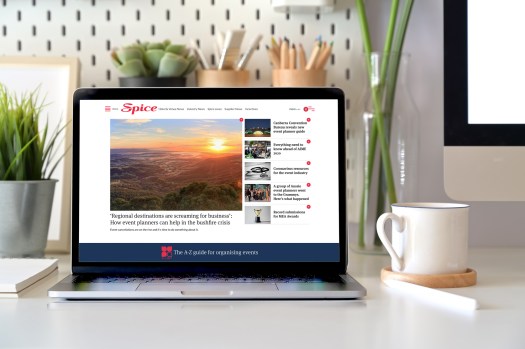
We often focus on environmental aspects of sustainable events, but social capital – referring to diversity, equity, access and inclusion – is another important sustainability pillar.
Diverse and inclusive events consider a variety of aspects including age, mental and physical ability, culture, religion, gender identity and language.
Arinex managing director Nicole Walker shares her top 10 tips for a more inclusive event.
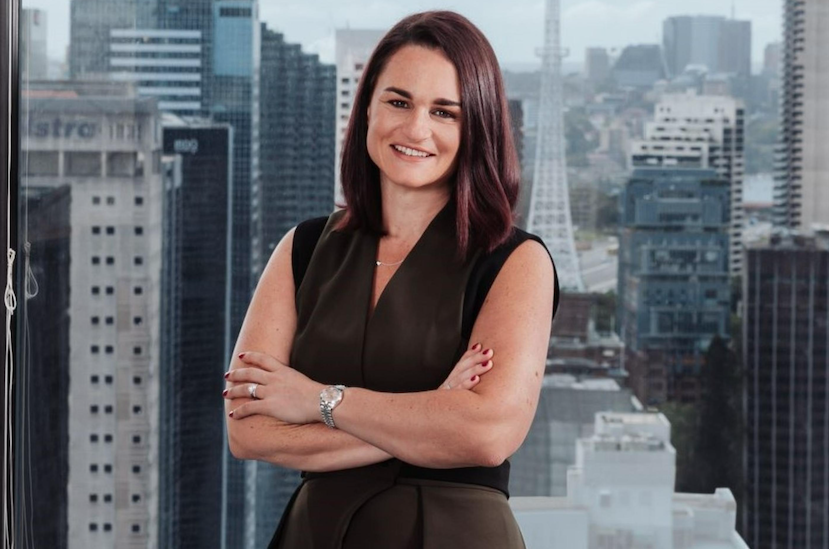
1. Start with a diverse managing committee
Starting with a diverse managing committee will ensure a broad mix of opinions, ideas and perspectives, which reduces unconscious bias. Diversity could include gender, culture, qualifications and experience, age and ability.
Now is also the time to set key objectives for the event around diversity, equity, accessibility and inclusion. A well-planned and promoted inclusive event is likely to attract more attendees and create a positive experience for all.
2. Create diverse and inclusive program content
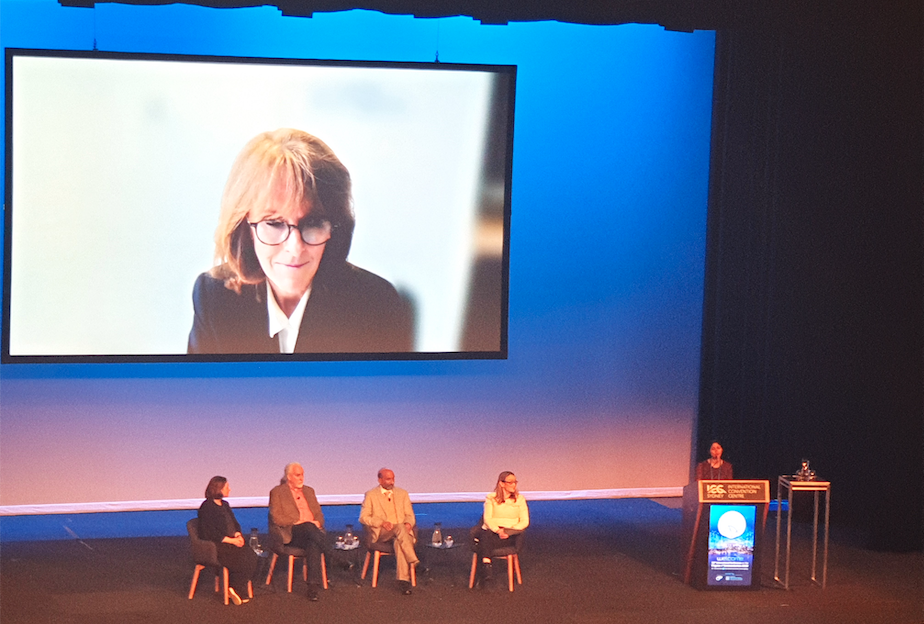
To create an inclusive program, it is important to consider the purpose of your event and who you would like to include. Are the topics diverse enough to appeal to a range of attendees? Is the speaker line-up too heavily weighted towards one gender? If so, it may be time to overhaul speaker selection criteria to include a variety of voices and perspectives.
Take into account attendees’ different learning styles, communication abilities and attention spans. Consider how a mix of oral presentations, panel discussions, videos, workshops and breakout sessions, interactive posters or field trips could engage more attendees.
3. Maximise the registration process
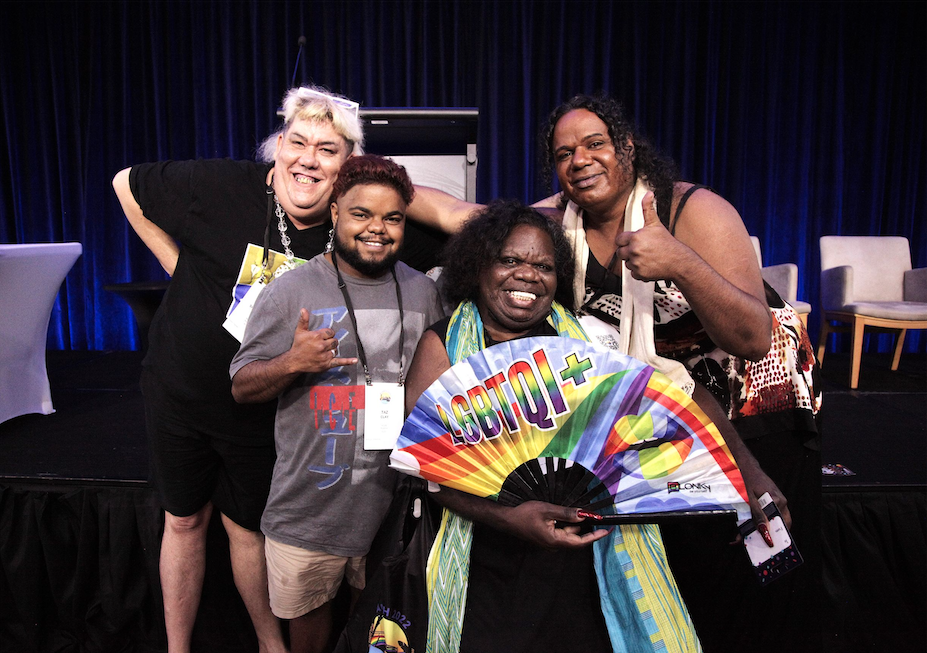
Registration is one of the first contact points an attendee has with an event and it is an ideal time to communicate your values and goals around inclusion. By maximising this opportunity, organisers will be positioned to secure more attendees and gather valuable information about their needs and expectations.
Asking questions about dietary requirements, accommodation needs, mobility requirements and preferences on other matters such as gender identification ahead of time will help to make attendees feel welcome and reduce last-minute workarounds.
Offering a variety of registration rates such as student and day-only rates are an effective way to make your event more accessible to a broader audience. Organisers may also partner with sponsors to offer scholarships to cover the full cost for eligible attendees.
4. Partner with like-minded sponsors, exhibitors and suppliers
Just like organisers may choose sponsors, exhibitors and suppliers that are environmentally responsible, consider partnering with those that represent your values or actively promote diversity and inclusion within their own businesses.
In addition, event organisers can aim to create more inclusive supply chains by utilising businesses that are local to the event.
5. Throw out the one-size-fits-all approach to delegates
Expecting delegates to fit around your event design is a guaranteed way to exclude people. Use the information gained from attendees during registration to meet their needs and preferences as much as your resources will allow.
Some examples of how an event may be adapted to meet attendees’ needs include language and sign language translation, gender neutral toilet facilities, family friendly services such as on-site day care, a variety of food options, and quiet spaces for attendees to undertake work, study or religious practice between sessions.
With virtual events now commonplace, organisers may consider making an event fully or partially virtual to include attendees that cannot travel to the event or require live captioning.
6. Choose an accessible venue… then make it more accessible
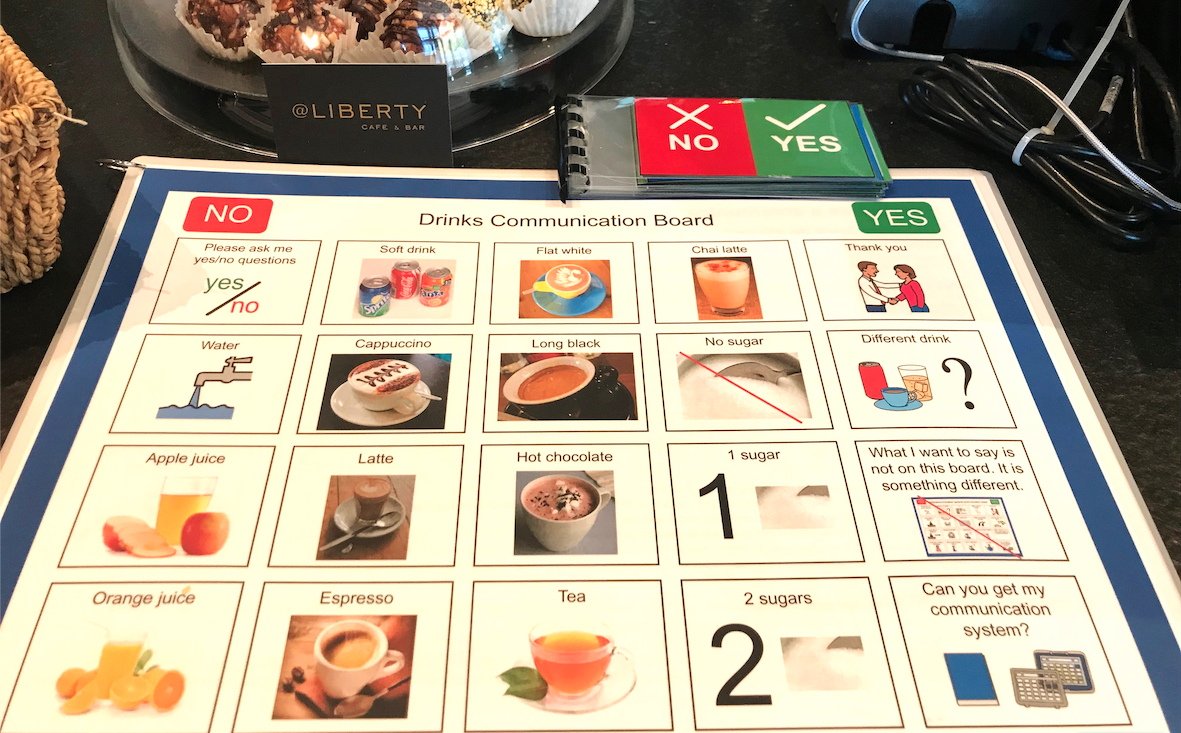
Select venues and accommodation options that meet the accessibility requirements of all speakers, attendees, staff, exhibitors and entertainers. According to the Australian Government, about 4.4 million people in Australia have a disability. These disabilities are broad and range from physical disabilities such as people with mobility, vision and hearing difficulties to people with psychiatric, intellectual and neurological disabilities and disorders.
Depending on the event and venue, organisers should think about potential barriers to participation and alternative ways to make the event experience rewarding for all attendees. Depending on the size and complexity of the event, organisers may wish to engage with an accessibility expert to liaise with the organiser and venues to ensure all requirements are met. Through this process, organisers may need to adapt the event program to allow time for all attendees and assistance staff to move between rooms or include more frequent breaks to cater to various needs.
7. Cater to more than just taste
Dietary requirements are the most obvious consideration when catering events. It is important that any dietary and allergy information is collected from attendees during registration and a thorough process is in place to ensure this information reaches the catering staff. Most venues are equipped to meet a range of common and less common dietary needs. Organisers can also empower attendees to make informed choices by labelling food and beverages. Consider a locally sourced, plant-based menu which ticks all the sustainability boxes.
In addition, be mindful of any religious or cultural considerations around food and alcohol, and whether there is adequate space for people to eat together or in private if needed.
8. Clearly communicate your values and actions
Communicate your objective to create an inclusive event across all touchpoints such as the website, registration form, social media, marketing material and media activity. Communication extends beyond words, so ensure any imagery reflects your inclusive messaging and represents the audience you are targeting.
Consider whether your event would benefit from a simple statement or code of conduct on inclusion that can be easily understood by all attendees, regardless of age, culture, mental ability or education level. This could include both written and video content in plain English with subtitles or translation.
Encourage two-way communication by providing a way for attendees to offer ideas or feedback on your inclusive initiatives.
9. Evaluate your efforts
Where possible, measure how the event performed against goals or objectives for inclusion, such as tracking the diversity of speakers and delegates. Seek feedback from speakers, delegates, sponsors and exhibitors to determine what worked and what can be improved for the next event.
10. Leave a legacy
Creating a legacy through your event will ensure efforts to improve diversity, equity, access and inclusion have a longer-term impact.
There are many ways to do this. A legacy may relate to the way the event is organised such as making inclusive processes standard for all future events or establishing diversity objectives or quotas for the managing committee and invited speakers.
It could also involve establishing a scholarship program to ensure the event remains accessible to underrepresented groups, partnering with local institutions to undertake research, running an aligned event or project involving the local community, or utilising the event to support a relevant charity.
Your event alone can be an educational tool to help venues, partners, exhibitors and suppliers in the host destination learn more about diversity, equity, accessibility and inclusion.
